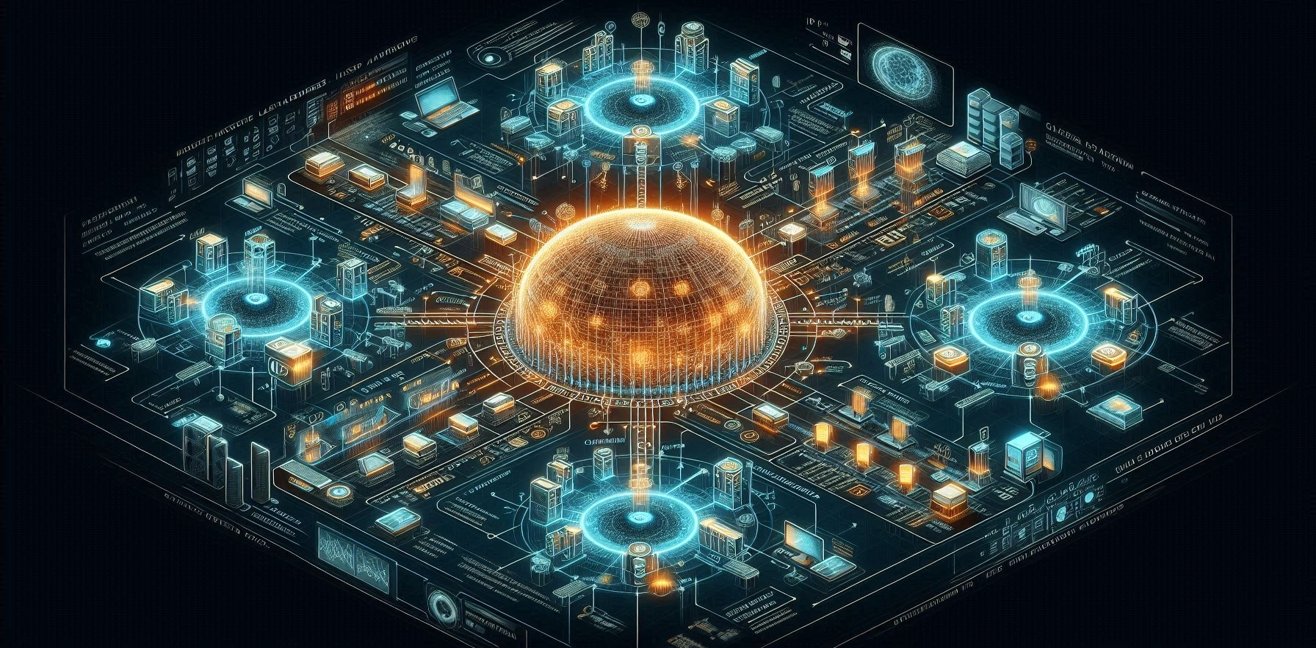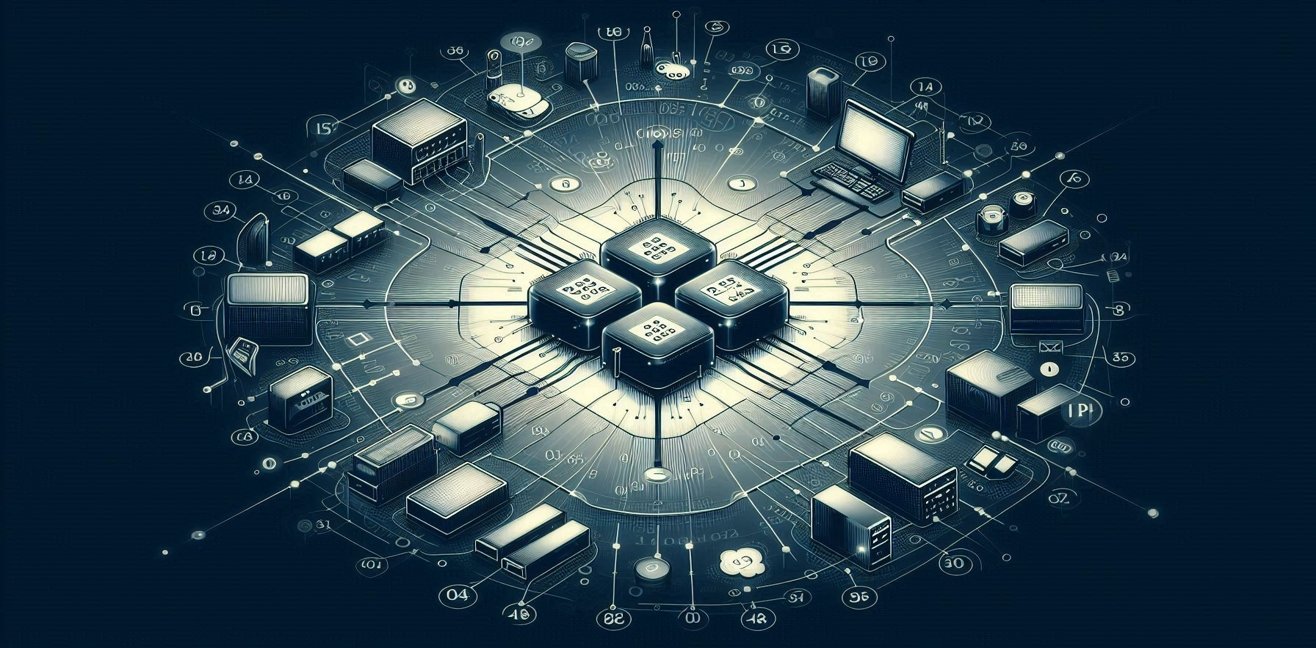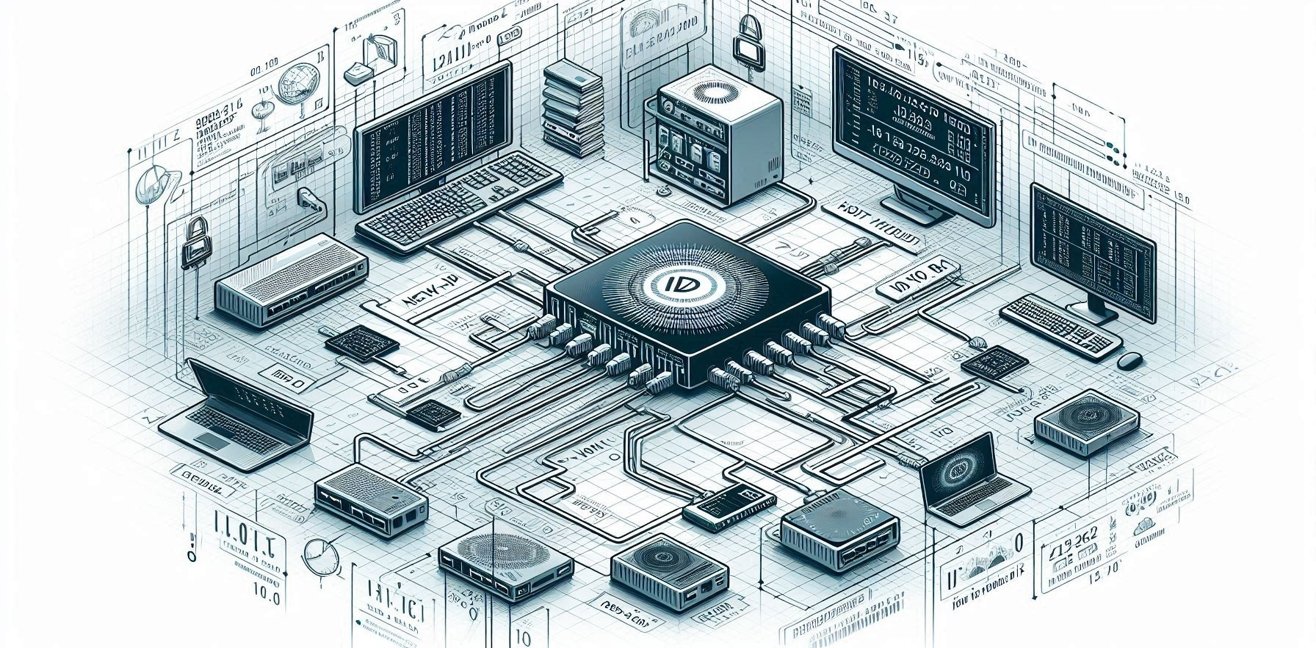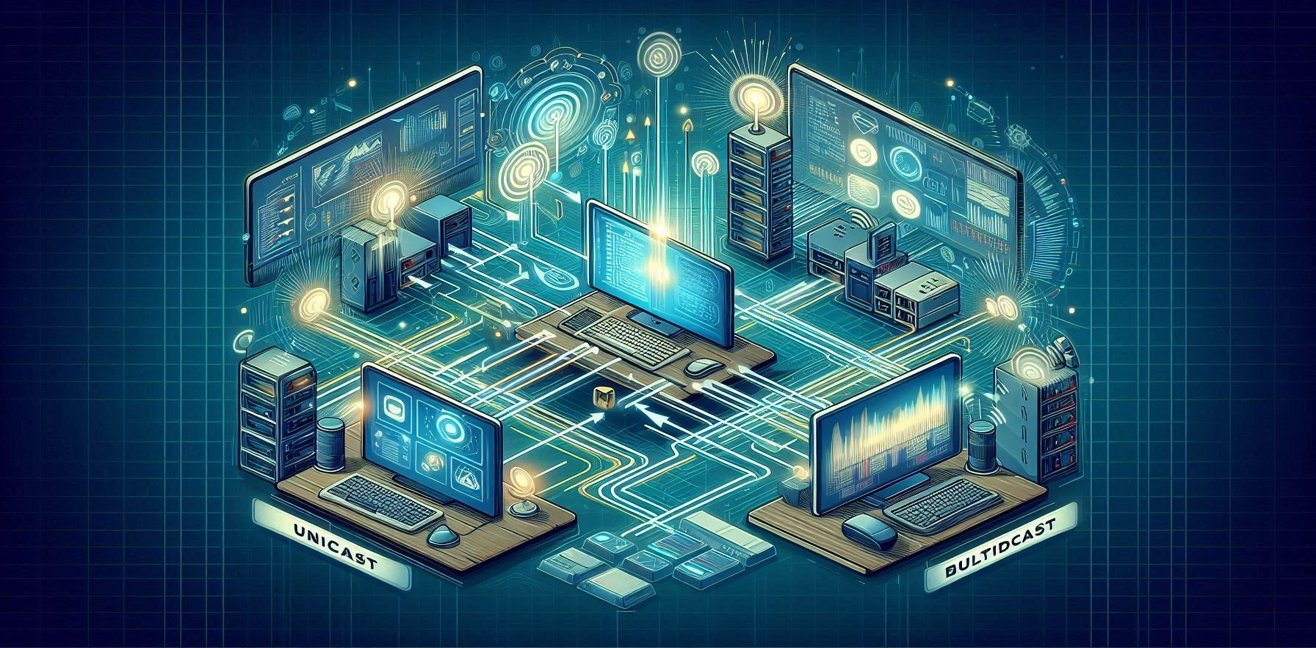In the world of the internet, everything is connected, right? A device sends and receives data from one place to another, and everything flows smoothly. But behind this data flow, there’s a hidden hero: NAT (Network Address Translation). If you’re wondering, “What is NAT and what does it do?” you’re in the right place! Let’s…
Kategori: The Computer World
“The Backbone of the Internet: What is IP (Internet Protocol) and How Does It Work?”
One of the fundamental building blocks of the internet, IP (Internet Protocol) is a protocol used for communication between computers and other devices over the internet. Every device on the internet has a unique IP address, and these addresses ensure that data is transmitted correctly. IP establishes a standard for data communication in computer networks….
The Concept of Octet in IP Addresses: One of the Cornerstones of the Networking World
In computer networks, IP addresses are used for communication. IP addresses are unique identifiers for each device on the network and are used to direct data communication. IP addresses consist of four sections of decimal numbers, and each section is called an “octet.” What is an Octet? An octet is one of the four sections…
What Are Network ID and Host ID? What You Need to Know About the IP Addressing System
In computer networks, IP addresses are used for communication. IP addresses are unique numbers used to identify each device on the network. They are divided into two main sections: Network ID and Host ID. These sections help determine a device’s location within the network. Network ID The Network ID is the identifier of a network….
“IP Addresses and Their Classes: The Building Blocks of Internet Connectivity”
The internet has become an indispensable part of our lives today. This digital network allows billions of devices to communicate with each other, but how does this communication take place? This is where IP addresses come in. IP addresses are numbers that ensure each device on the internet has a unique identity. In this article,…
Unicast, Multicast, and Broadcast: An Overview of Different Communication Types
In computer networks, there are various types of communication used for data transmission. These communication types determine how the message reaches the intended recipient and the methods used for transmission. Unicast, multicast, and broadcast are some of these communication techniques, each with different use cases. Unicast:Unicast is one of the simplest types of communication and…
“Network Services: Technology that Facilitates Communication”
Today, computer networks have become an integral part of our lives. We live in a connected world, constantly linked through the internet, workplaces, schools, homes, and even mobile phones. However, what underlies this connection and makes our networks functional is often overlooked: network services. In this article, we will explore what network services are and…
DNS and Name Resolution Components: The Building Blocks of the Internet
One of the terms we often hear in our daily internet usage, yet many of us don’t fully understand, is DNS. DNS (Domain Name System) is one of the building blocks of the internet and is the system that allows us to navigate the web. So, what is DNS and how does it work? Here…
“DHCP and IP Assignment Processes: A Journey Through the Network World”
In today’s connectivity-driven world, we rely on IP addresses to access the internet. However, obtaining and managing these addresses can be a complex process. This is where DHCP (Dynamic Host Configuration Protocol) comes into play. DHCP is a protocol that facilitates the automatic assignment of IP addresses, simplifying the process of accessing the internet significantly….
“Important Concepts in the Network World: NAT, Private IP, and Public IP”
Computer networks provide the essential infrastructure for communication and data sharing in today’s world. In these networks, specific protocols and addressing systems are used to enable devices to communicate with each other. Concepts such as NAT, Private IP, and Public IP are common terms in the network world. So, what do these concepts mean and…










